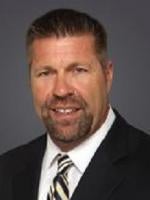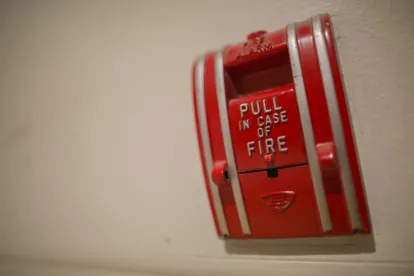The California wildfire smoke regulation, an emergency regulation that took effect on July 30, 2019, is scheduled to become permanent on January 28, 2020. In the wake of the wildfires that have emerged throughout California, employers may want to become familiar with the regulation’s requirements.
Title 8 of the California Code of Regulations, Section 5141.1, governs the protections employers must provide to workers exposed to wildfire smoke. Section 5141.1 provides a number of compliance points to which employers must now adhere. It sets forth voluntary and mandatory actions employers must take that are tied to certain air quality index (AQI) thresholds. When the AQI is “equal to or greater than 151, but does not exceed 500,” employers must provide “N95 filtering facepiece respirators,” but employees may choose whether to use them. When the AQI exceeds 500, employers must both provide the respirators and require employees to use them in accordance with Section 5144. The Kincade Fire, which is currently burning in Northern California, has caused the AQI to reach 152 in Oakland and 234 in Fresno.
The regulation also requires employers to disseminate “effective training and instruction,” including, at a minimum, the regulation’s Appendix B. This provides information to employees on “[t]he health effects of wildfire smoke,” “[t]he right to obtain medical treatment without fear of reprisal,” “[h]ow employees can obtain the current Air Quality Index,” what employers must do “to protect employees from wildfire smoke,” and how to properly use respirators.
The regulation is likely to undergo further revision. On August 27, 2019, California’s Division of Occupational Safety and Health (DOSH or Cal/OSHA) held an advisory meeting “seeking input on the development of a permanent regulation for the protection of employees.” Cal/OSHA proposed lowering the voluntary and mandatory AQI thresholds from 151 to 101 and from 501 to 301, respectively. Another proposal is the required use of filters in buildings and vehicles that meet a certain Minimum Efficiency Reporting Value. It is likely that further revisions will be announced and issues will come to light as Cal/OSHA begins enforcement of the regulation and employers defend against potential violations.
For more information on the regulation and how to comply with it, visit Cal/OSHA’s list of frequently asked questions regarding wildfire hazards.





 />i
/>i

